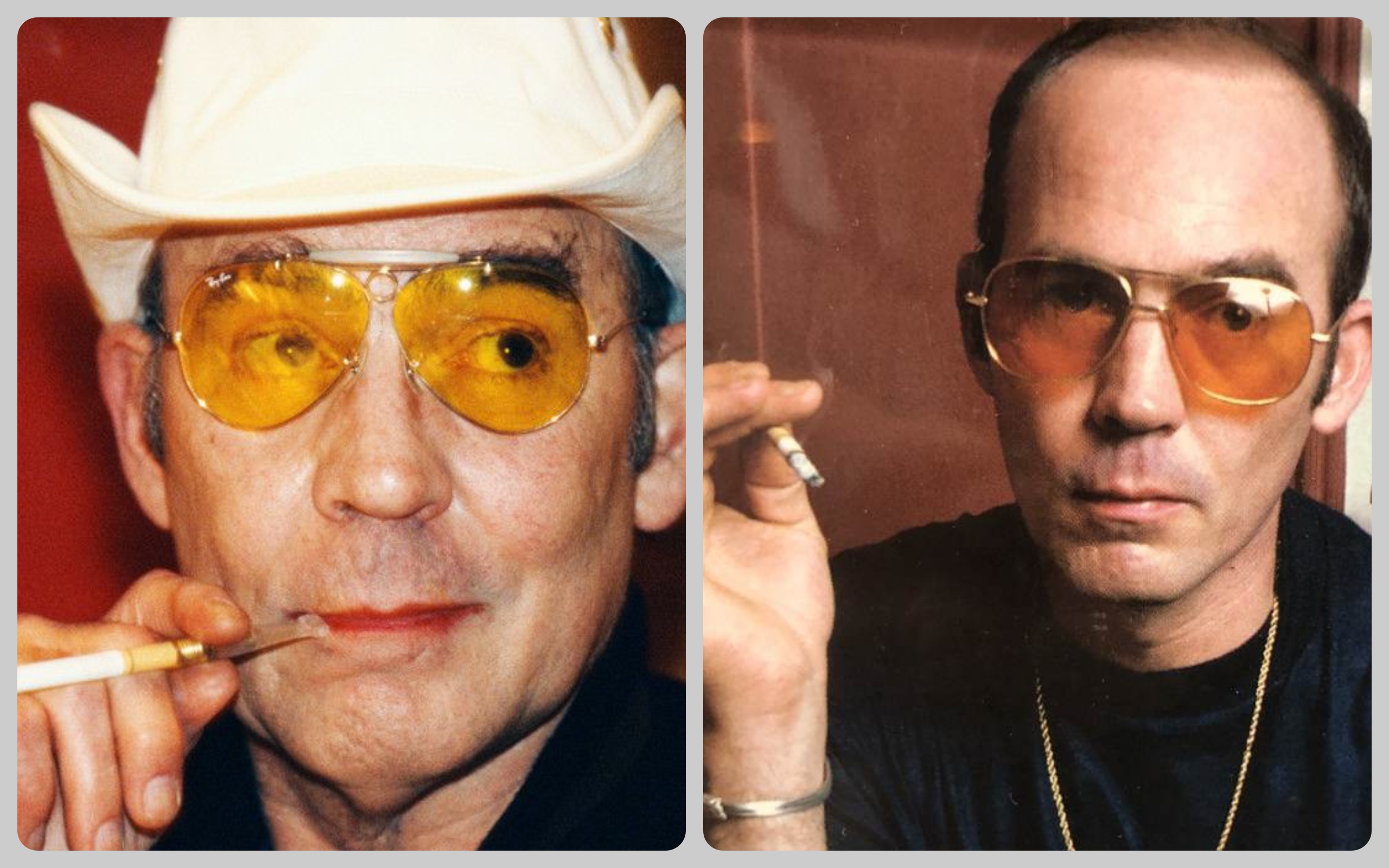The Doctor of Gonzo’s Final Dispatch
The legend of Hunter S. Thompson is a potent cocktail of literary genius, manic energy, and profound excess. His death on February 20, 2005, at his Owl Farm home in Aspen, Colorado, was, in a strange way, perfectly Thompsonian: abrupt, self-determined, and immediately shrouded in the dramatic finality he seemed to court his entire life. Authorities ruled the 67-year-old pioneer of Gonzo journalism died by suicide.
Now, two decades later, the ghost of the good Doctor is stirring. In a move that is simultaneously fueled by enduring grief, whispered rumors, and the public’s endless fascination, the official investigation into Thompson’s death is being re-examined.
At the request of his widow, Anita Thompson, the Pitkin County Sheriff’s Office (PCSO) has referred the case to the Colorado Bureau of Investigation (CBI). It’s a stunning development that drags a literary icon’s private tragedy back into the public courtroom of opinion, making it feel less like a closed case and more like a final, unpublished chapter of Fear and Loathing.
The Lingering Doubt: A Widow’s Request
Sheriff Michael Buglione, the current head of the PCSO, made it clear in a recent press release that, as of now, they have no new evidence of foul play. However, in the realm of high-profile celebrity deaths, “no new evidence” rarely means “no public interest.” The decision to bring in the CBI is a gesture aimed squarely at transparency and, perhaps more importantly, “peace of mind” for the Thompson family and the legions of fans.
What prompted this sudden reawakening of a two-decade-old case? According to Buglione, it was “things she has been hearing from friends and possible relatives” that drove Anita Thompson’s renewed push.
This is the stuff of Hollywood legend and celebrity true crime podcasts. A rumor, a passing comment, a family member’s doubt—it’s the classic narrative hook. While the PCSO remains “confident… that the original investigation was exactly what happened,” the willingness to call in an outside agency for a fresh look signals a tacit acknowledgment that the original conclusion, no matter how sound, still carries the weight of public and familial skepticism. When a life is as outsized as Hunter S. Thompson’s, the narrative surrounding the death can rarely be simple.
Gonzo and the Glory: A Life Lived at the Peak
To understand the context of his death, you have to understand the life. Thompson was not just a writer; he was a cultural force who practically invented the genre of Gonzo journalism. This method isn’t about objective distance; it’s about the reporter becoming the central character in the story, throwing the wall of objectivity out the window and diving headfirst into the madness.
His work for Rolling Stone and books like Fear and Loathing in Las Vegas (later a 1998 film starring Johnny Depp and Benicio del Toro) and Hell’s Angels: A Strange and Terrible Saga were foundational to the New Journalism movement. His literary style—a frenetic, drug-fueled, yet incisively political stream of consciousness—earned him the “Doctor of Gonzo” moniker and a reputation as an American original.
When a man defines his life through chaotic self-insertion, his exit is bound to be viewed through the same lens of hyper-drama.
The Champion’s Exit: Thompson’s Dark Logic
In the immediate aftermath of his death, Anita Thompson provided crucial, heartbreaking context that seemed to align with the suicide ruling. She revealed that her husband had spoken of ending his life before he did so.
Crucially, his alleged reasoning was as audacious as his prose: he felt he was at the “peak” of his life. In his own strange calculus, if he quit while he was ahead, he would feel he was a “champion.”
This is an essential, if deeply difficult, piece of the puzzle. It speaks to a man who viewed his existence as a performance, a grand, literary experiment that needed a definitive, powerful ending. It fits the narrative of an icon who lived by his own rules and would choose his final exit rather than fade into a quiet retirement.
Anita’s recollection of her own painful response is perhaps the most human element in this entire celebrity saga. She spoke of her regrettable, desperate attempts to talk him out of it: “I threatened him, ‘I’m out of here,’ I wouldn’t mourn, I would hate him.” Her subsequent public apology—“I’m so sorry, Hunter. Yeah, that’s my biggest regret”—is a raw depiction of the grief and complicated love that surrounds a suicide, especially one that plays out on the public stage.
The Celebrity Echo: When Icons Stage Their Own Finale
The Hunter S. Thompson saga echoes the recurring fascination we have with the mysterious or contested deaths of cultural icons. Think of the endless, often conspiratorial, theories surrounding the deaths of Marilyn Monroe, Kurt Cobain, or even Elvis. These figures were so potent, so essential to their respective eras, that the public refuses to accept a simple, non-dramatic exit.
Thompson, particularly, had spent a lifetime creating a larger-than-life persona, complete with a constant, documented flirtation with self-destruction. In this context, the request to re-examine the case is not just about a possible overlooked detail; it’s about a cultural need to find a narrative that justifies or matches the theatricality of the life he lived.
The CBI’s fresh look at the case will likely serve as a final, definitive period on a complicated sentence. While the initial police confidence suggests the ruling will stand, the family’s public pursuit of transparency is a powerful example of how celebrity and the pursuit of truth often intersect in the aftermath of a major loss, especially when the celebrity in question was a master of blurring the lines between fact and fiction.
